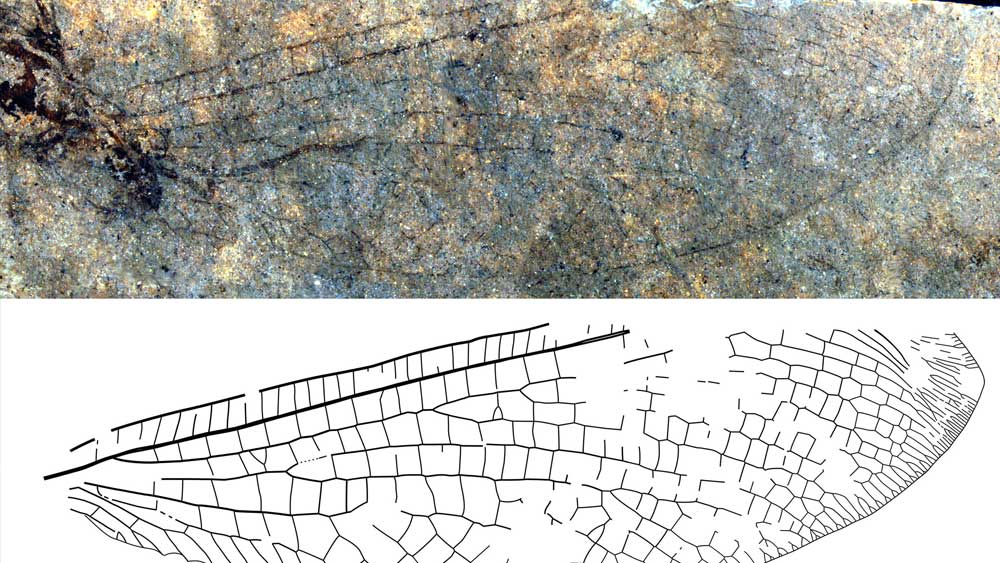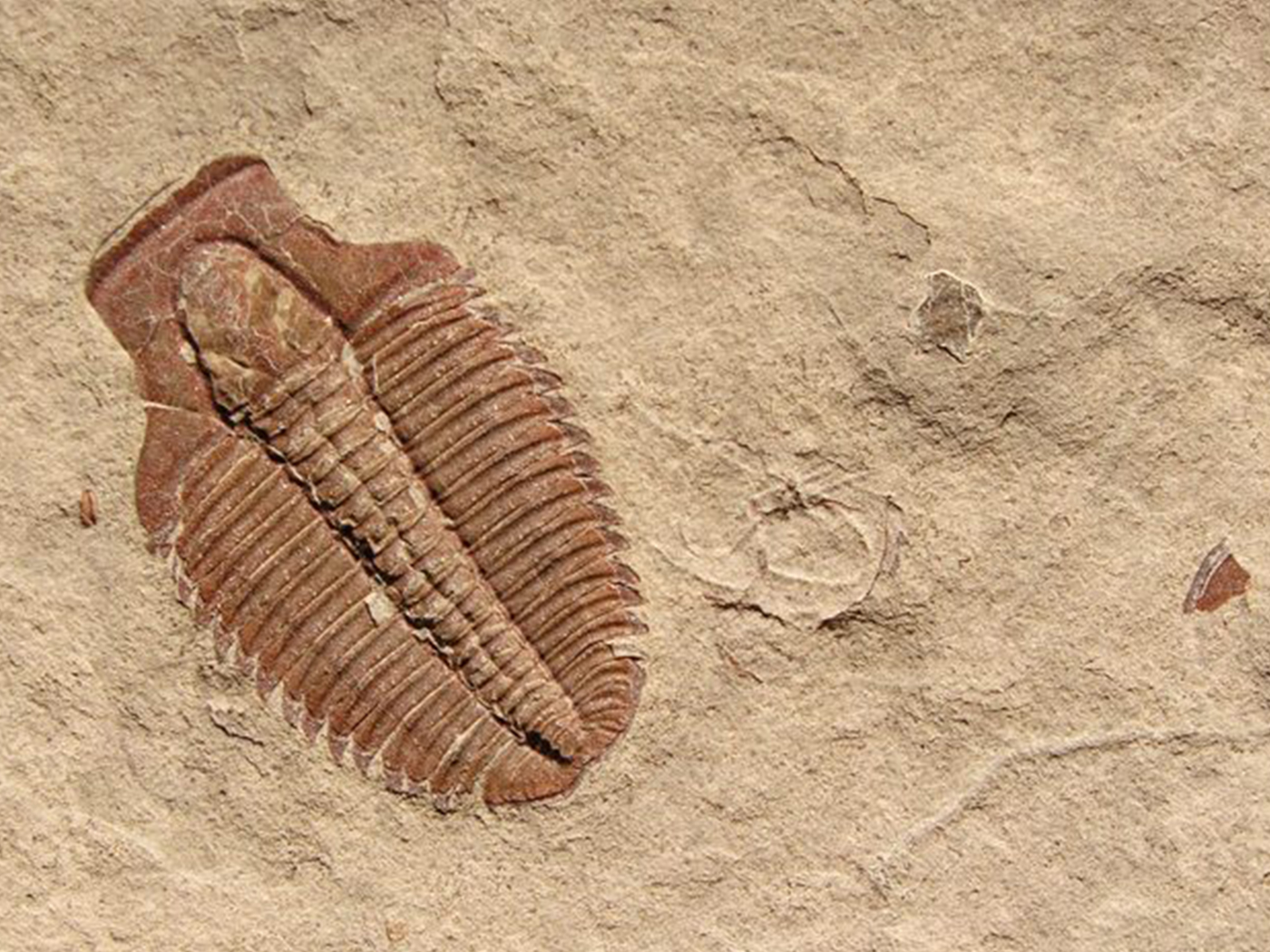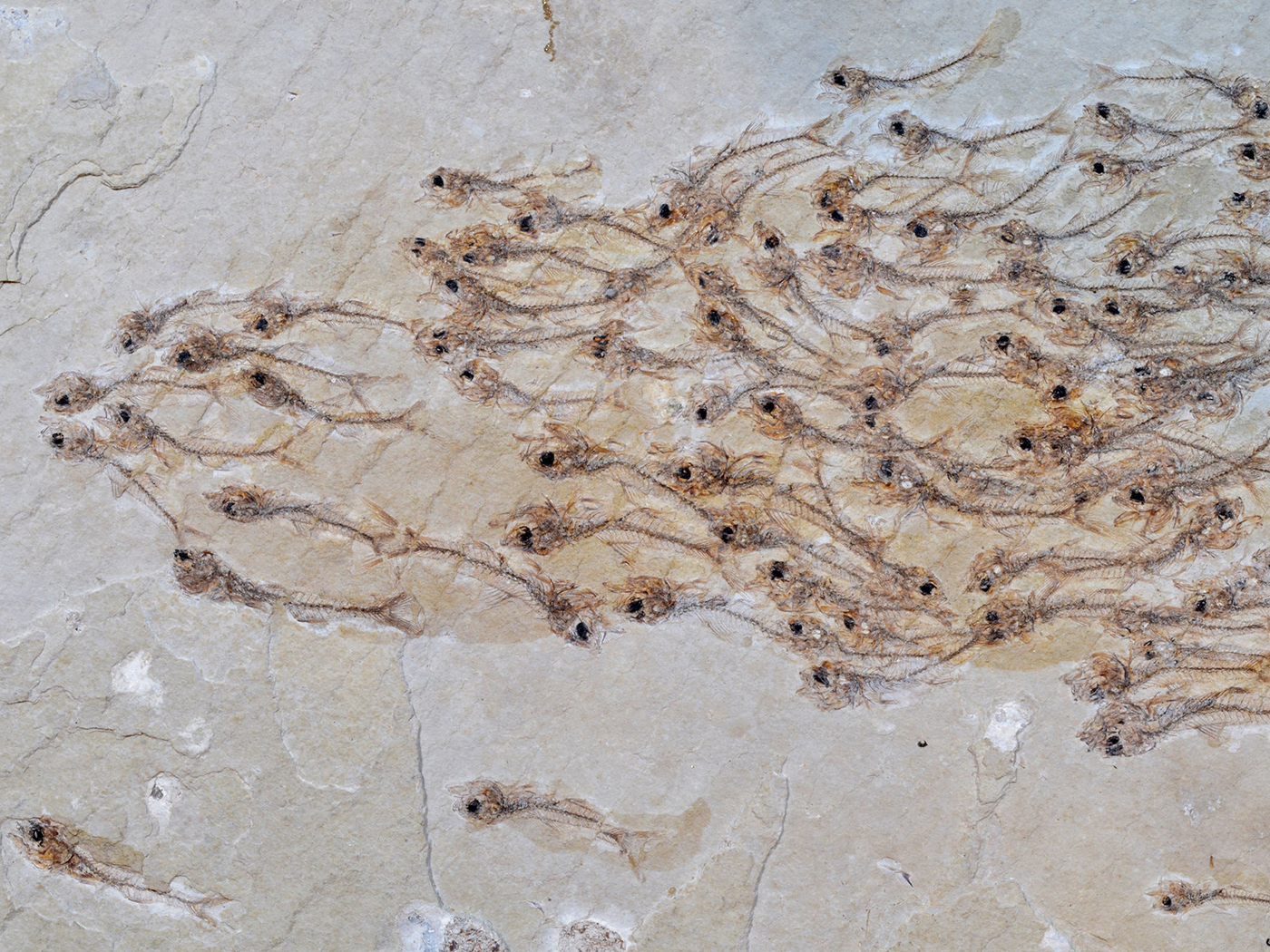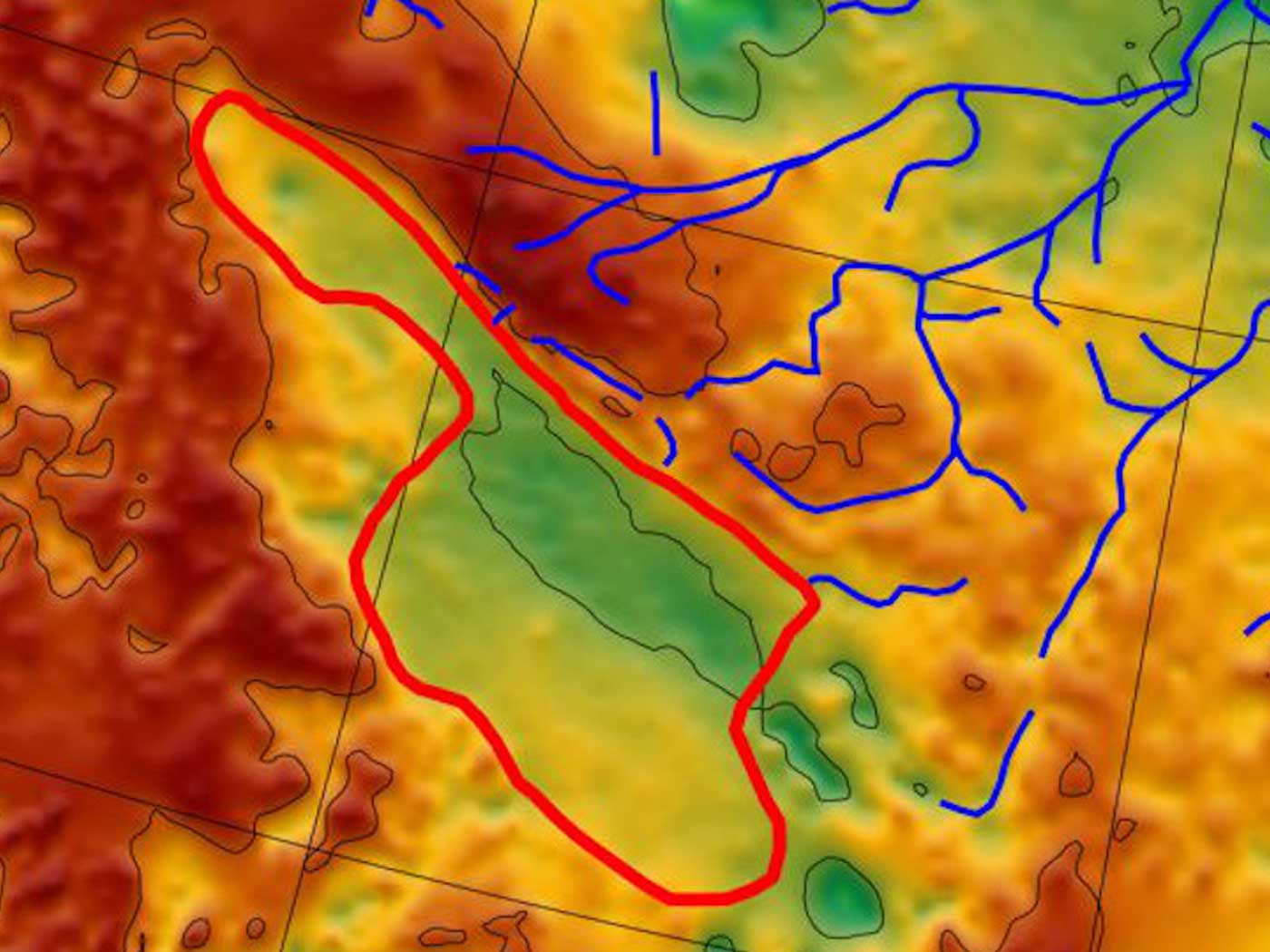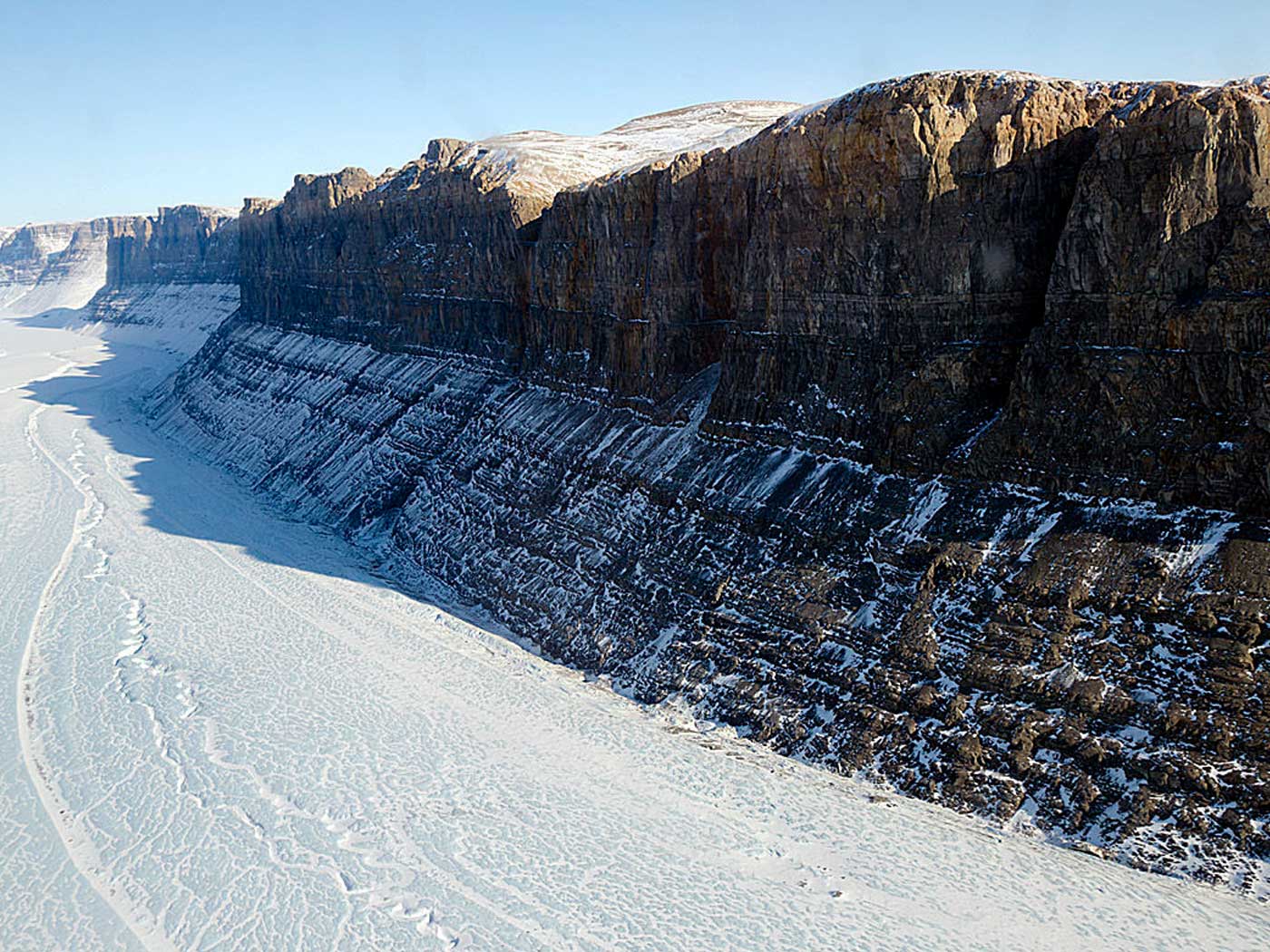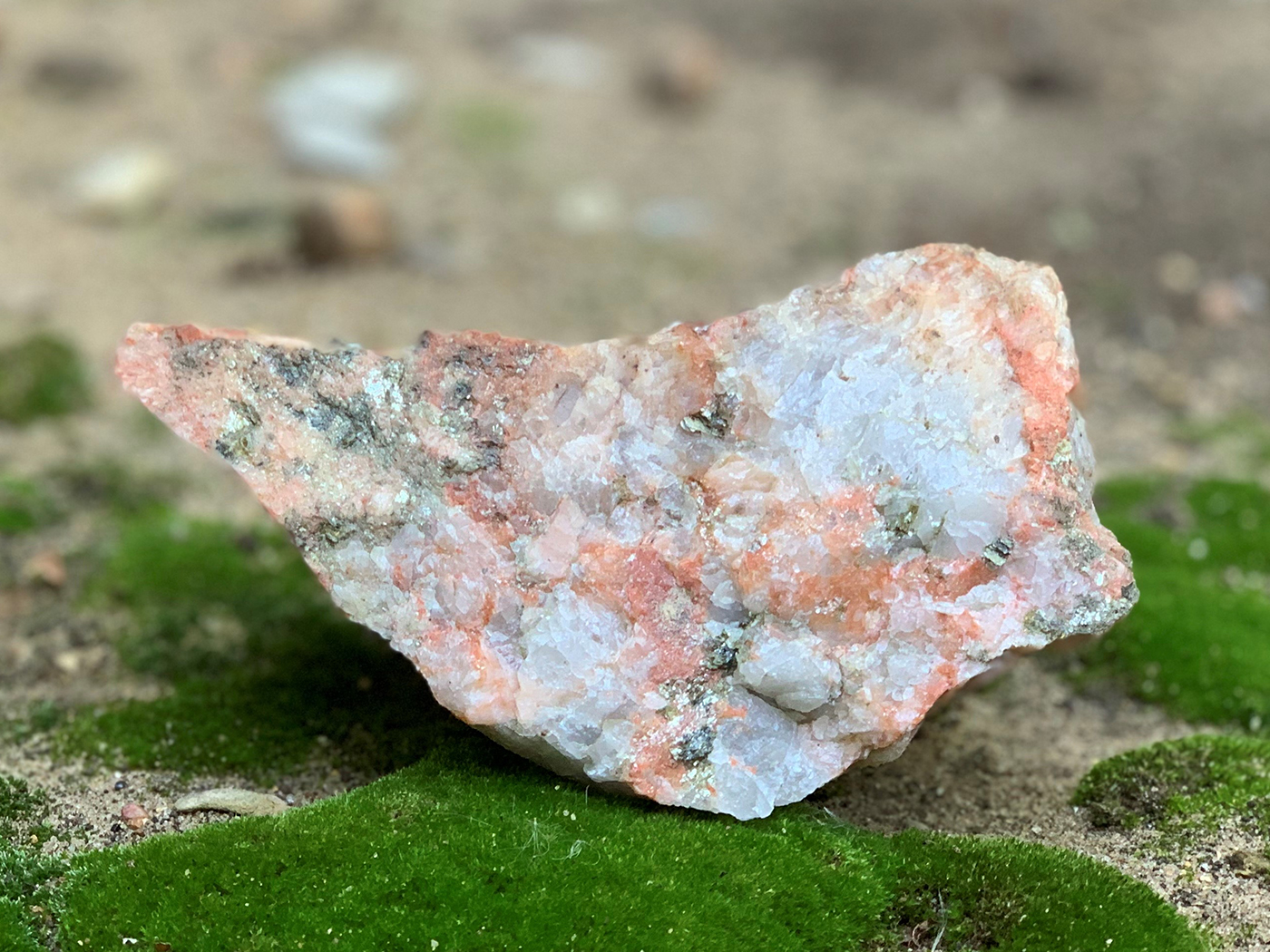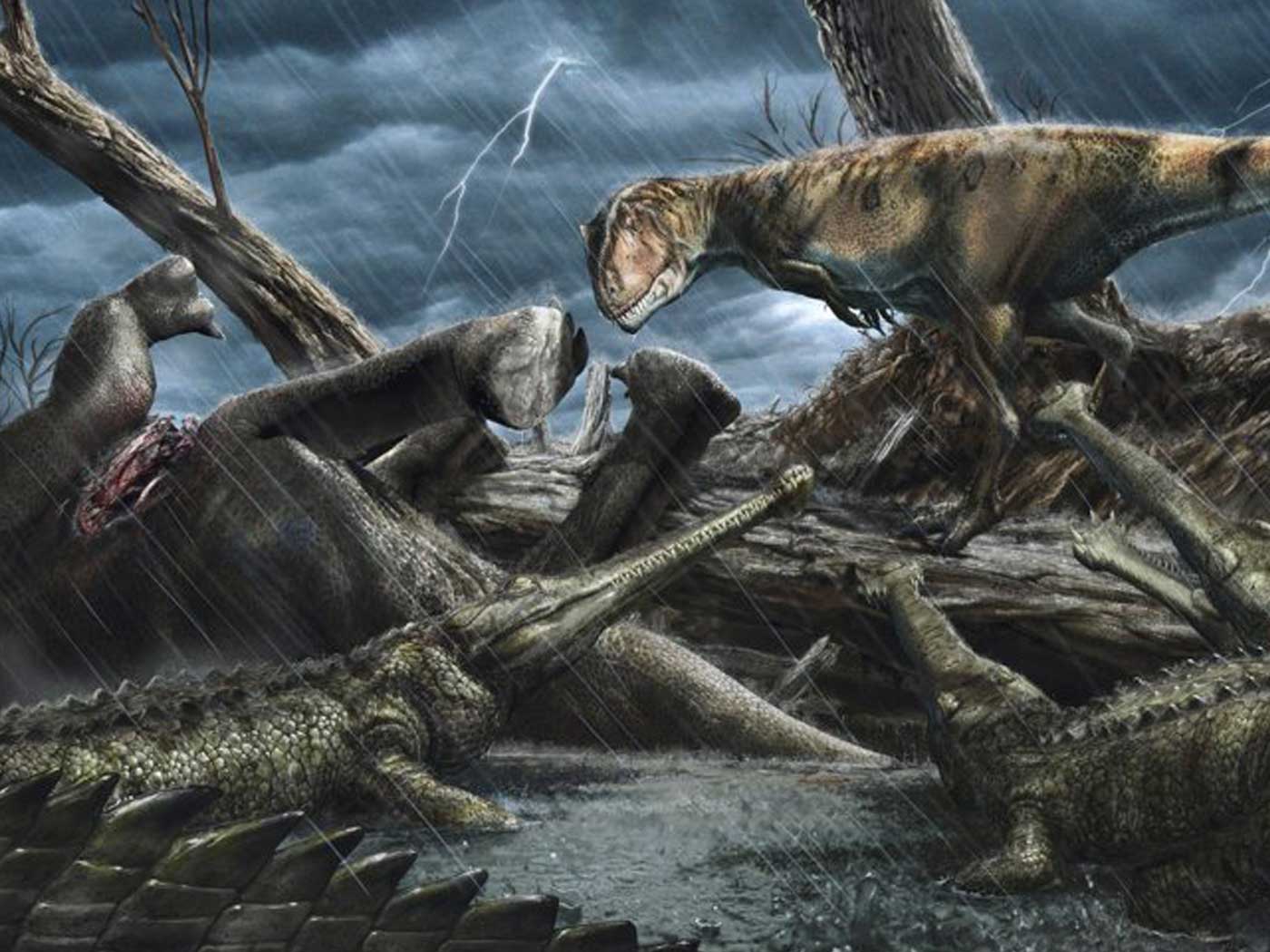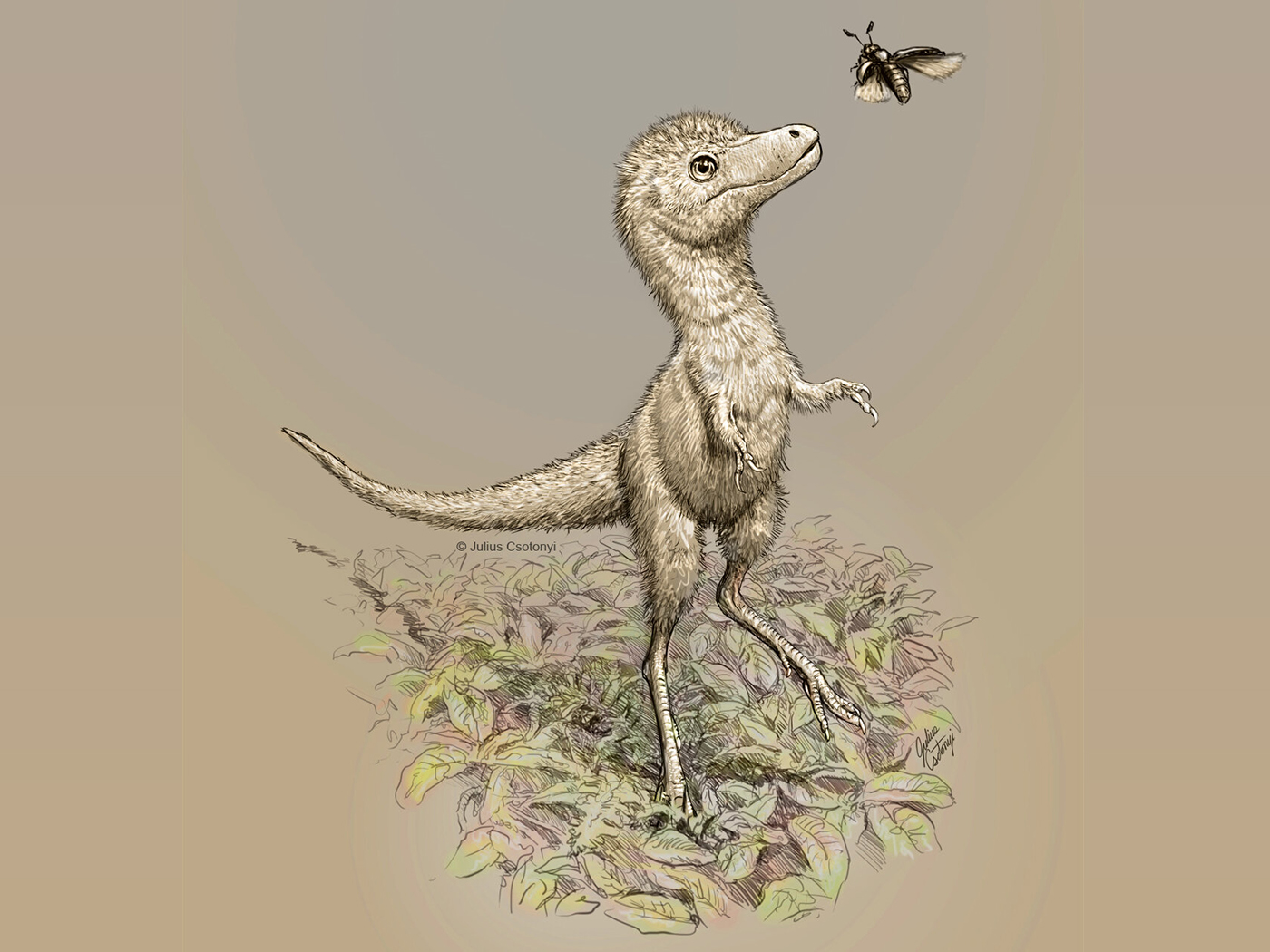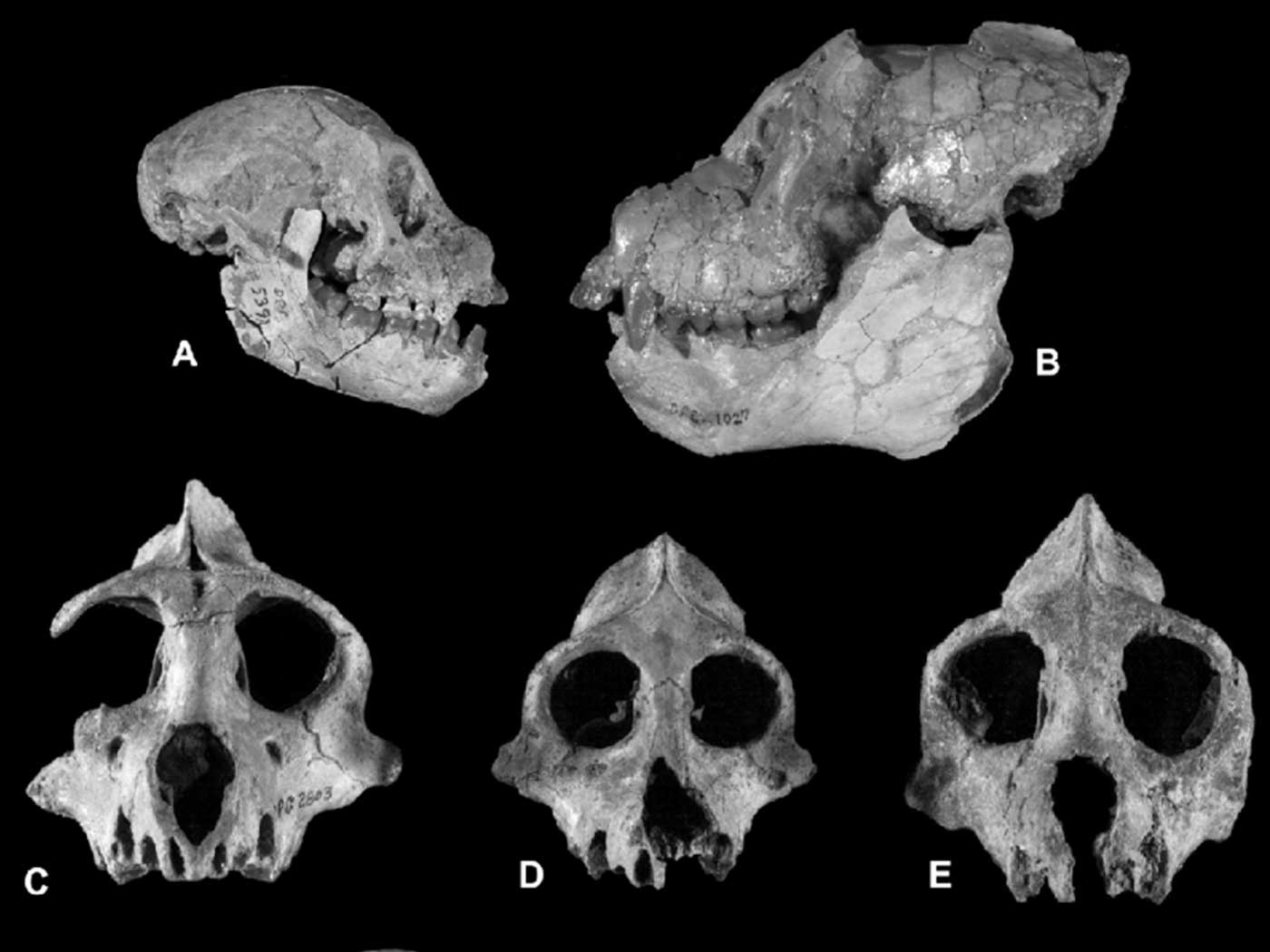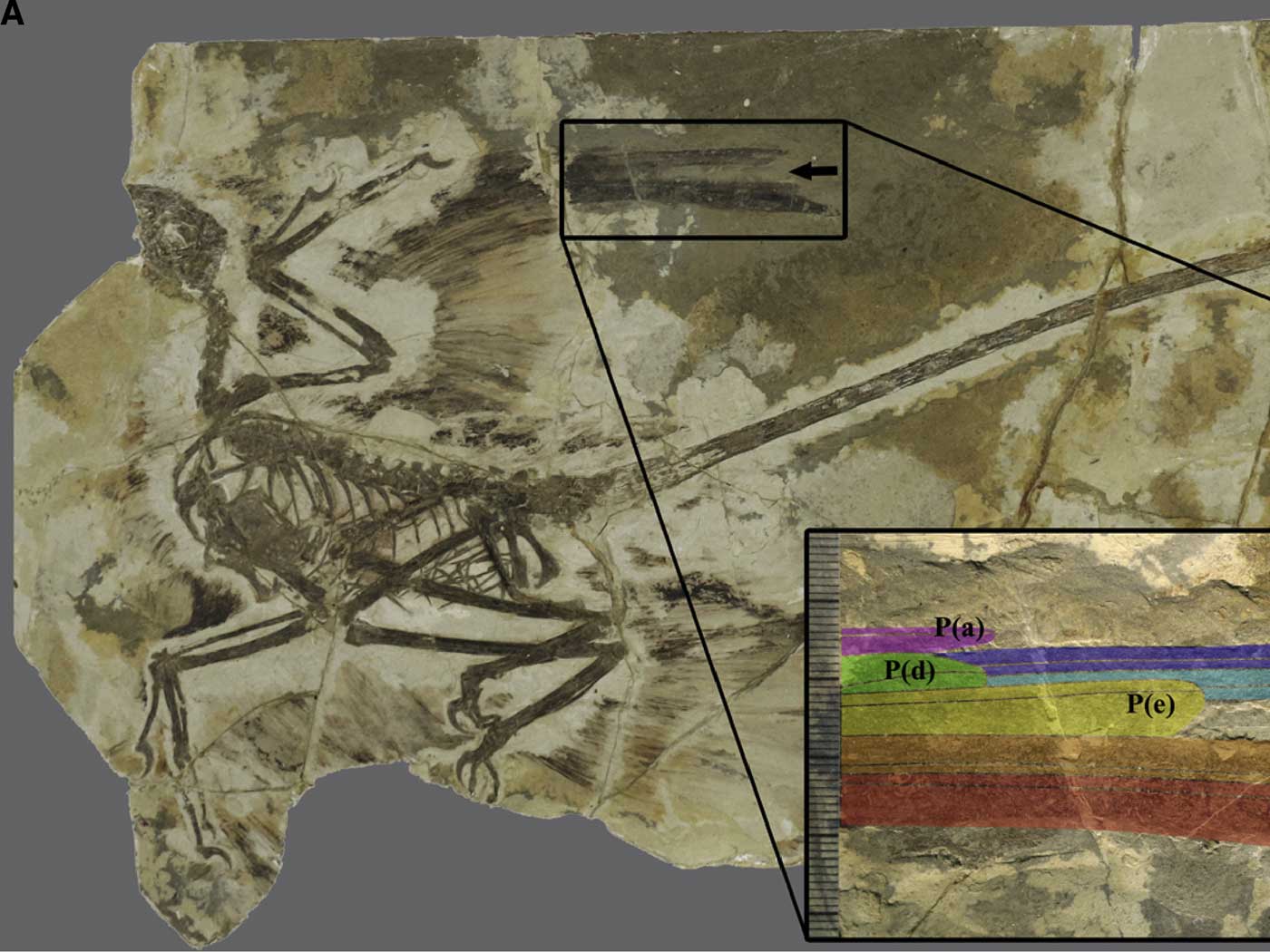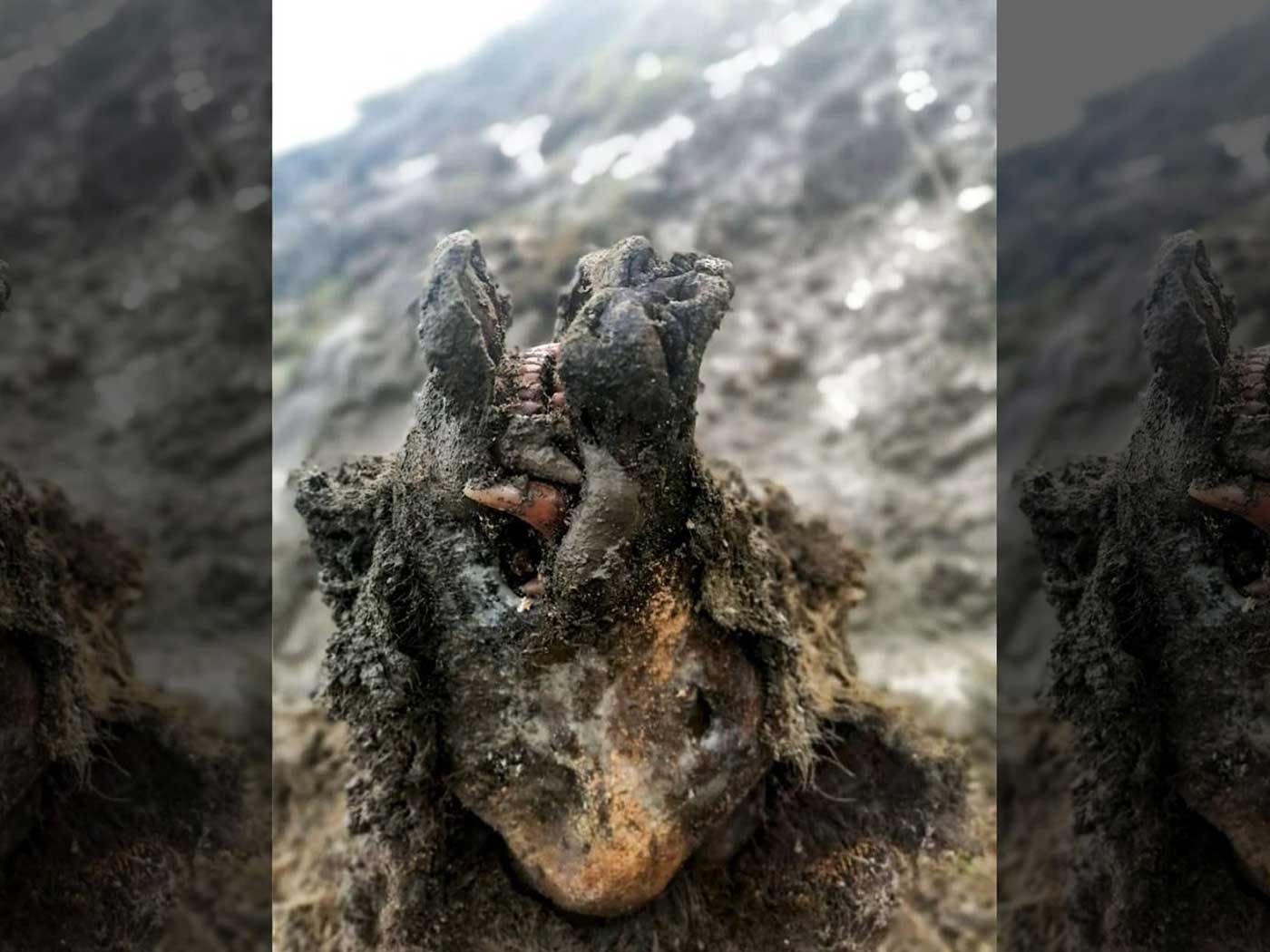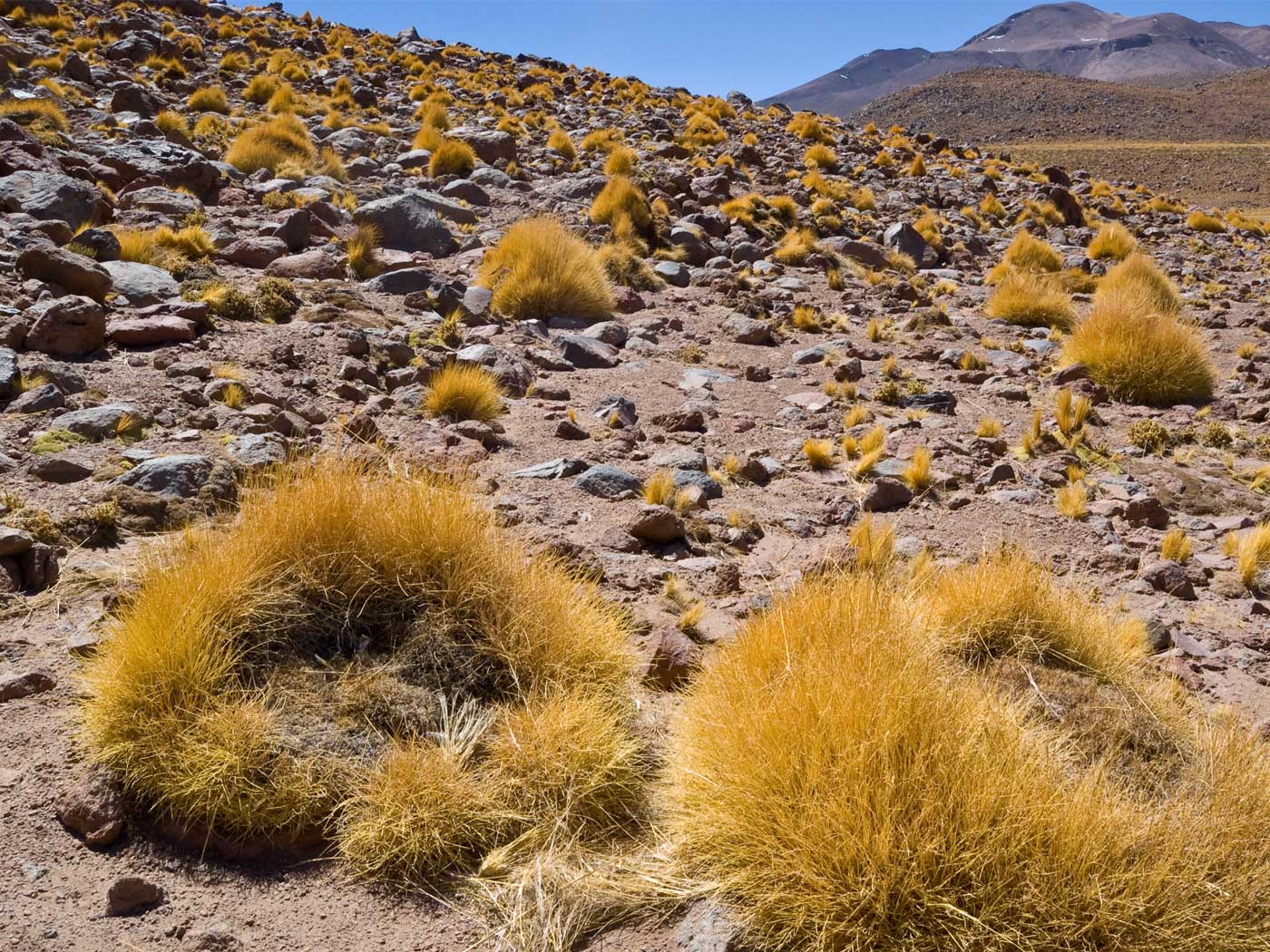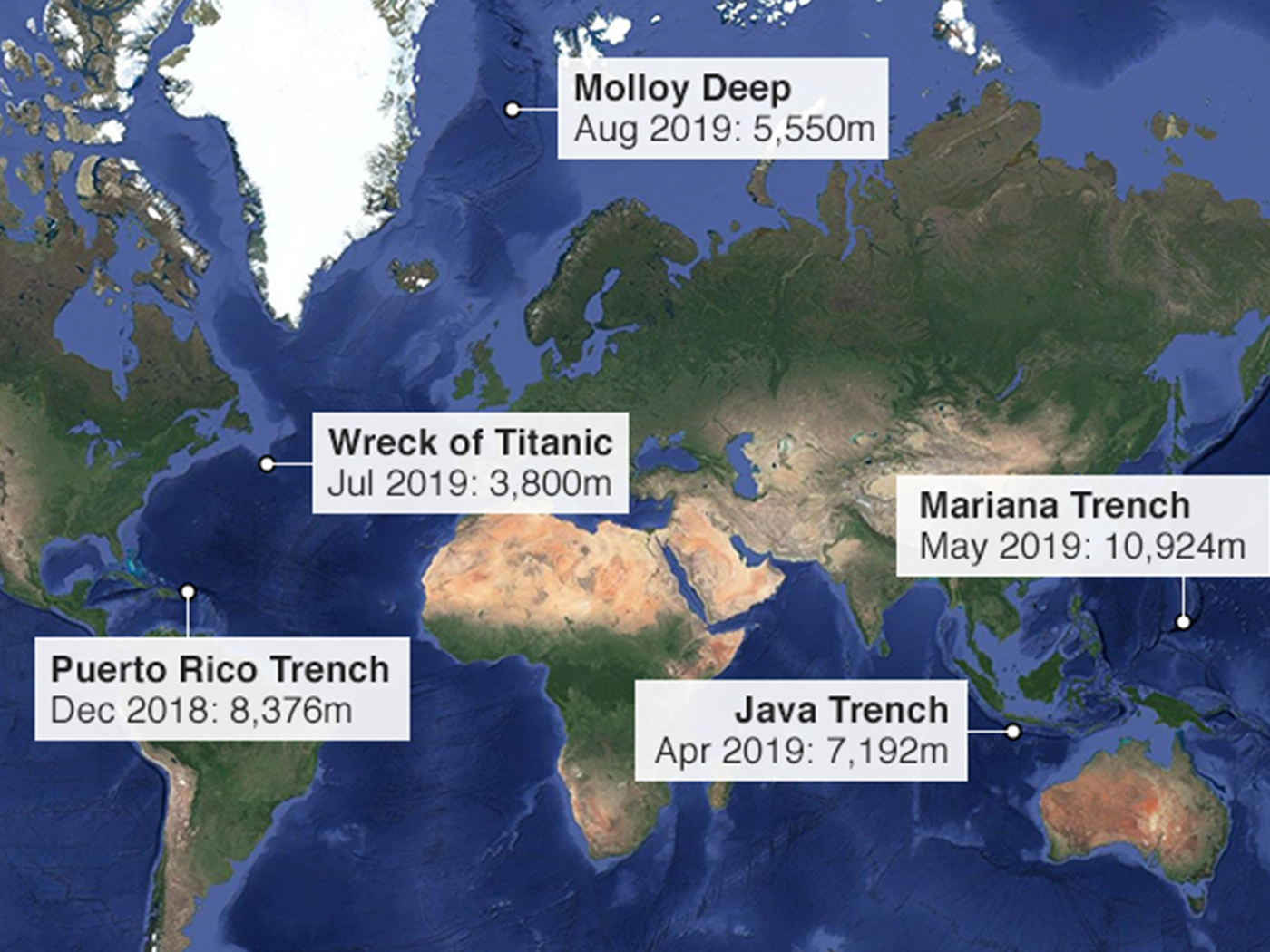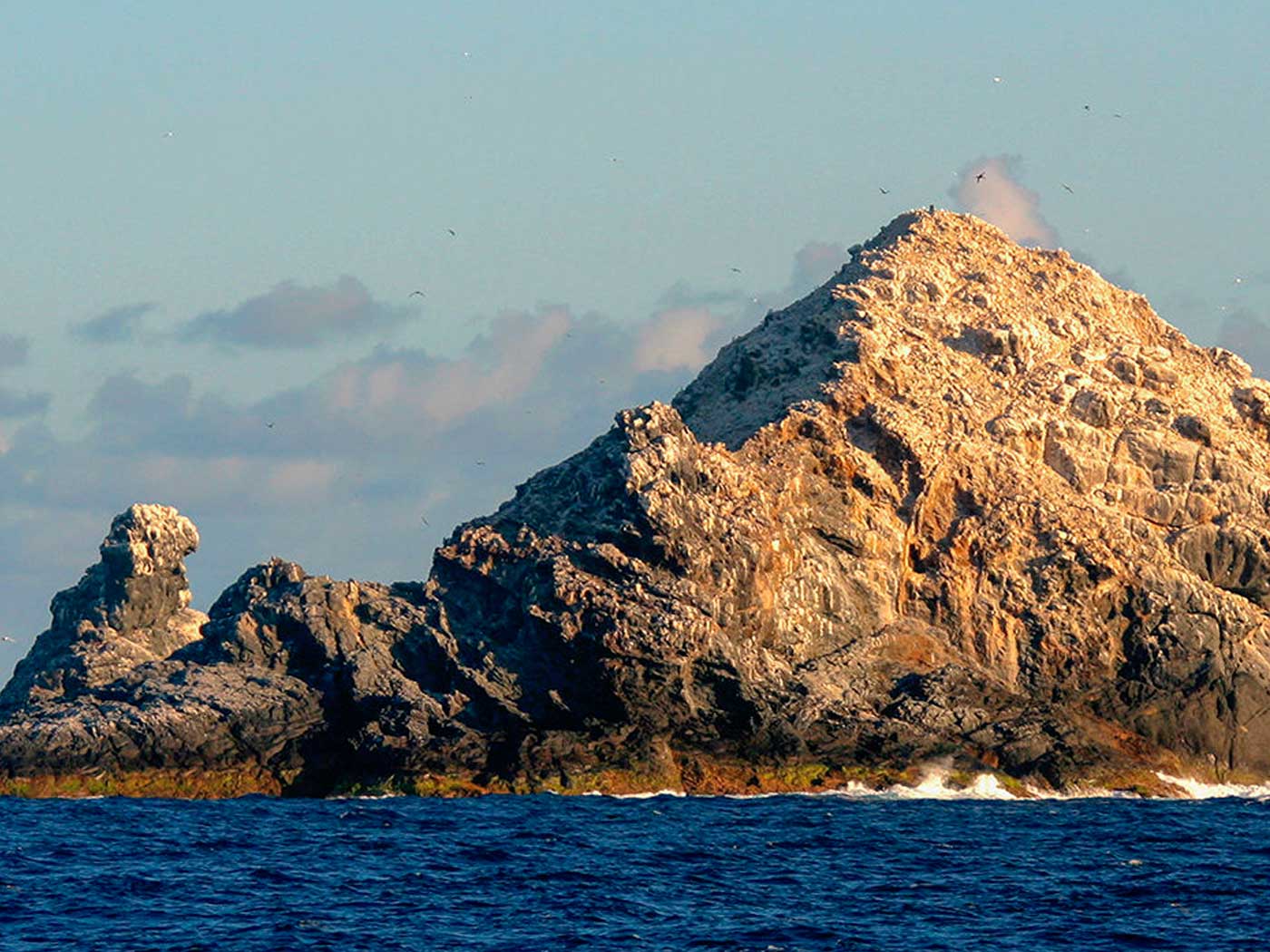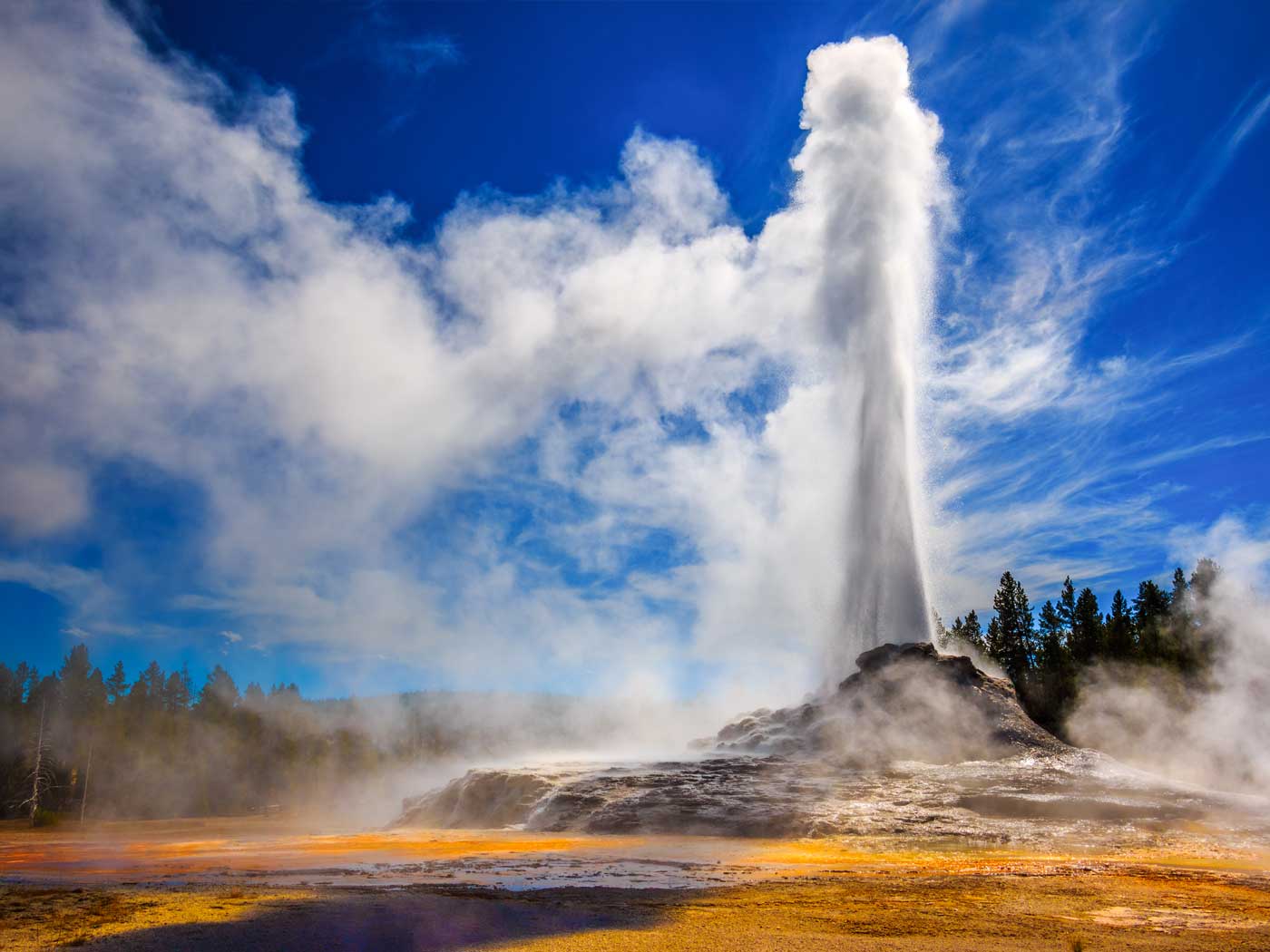Bruce Archibald of Simon Fraser University and Vladimar Makarkin of the Russian Academy of Sciences in Vladivostok tried to explain why in the paper published in The Canadian Entomologist.1 They even contemplated some type of Canadian-Australian connection.
The new fossil was identified in rocks claimed to be 50 million years old near Kamloops, British Columbia, which is part of the Eocene (Lower Cenozoic) layers. In contrast, many Flood geologists believe these layers were laid down in the receding phase of the global Flood, about 4,400 years ago.
The new lacewing falls in the Nymphidae family. There are numerous fossils of this family in Mesozoic rocks across the globe. Oddly, very few of these insect fossils have been found in rocks of the Cenozoic (post-Cretaceous). Makarkin told PhysOrg,
These fossils are rare. This is only the fourth one found from this time-span world-wide, and it's the most completely preserved. It adds important information to our knowledge of how they became modern.2
Archibald added,
Fifty million years ago, sea levels were lower, exposing more land between North America and Asia, and the Atlantic Ocean had not widened, leaving Europe and North America still joined across high latitudes.2
But there was no land connection between Canada and Australia. Secular plate reconstructions have the two continents separated by massive distances of ocean water during the Eocene. Even Flood model reconstructions have North America and Australia on opposite sides of the Earth at this stage in the Flood.3
Archibald admitted that “a pattern is emerging that we don't quite understand yet, but has interesting implications."2
The pair of scientists speculated that the solution may be related to climate.1 Archibald explained,
It could be that these insect groups are today restricted to regions of the world where climates in key ways resemble those 50 million years ago in the far western Canadian mountains. The more we know about these insects, the more we can piece together the history of how climate and the movement of continents have shaped global patterns of the distributions of life that we see in our modern world.2
However, they didn’t offer any solution to explain how modern lacewings ended up only in Australia today. Nor are there any continental connections between North America and Australia, even in the past. And if it was merely a function of a warm climate, there are many other warm locations besides Australia across the globe. There must be a better explanation.
The global Flood provides us with a better solution. As the floodwaters were still rising and burying dinosaurs in Mesozoic strata, many lacewings were likewise trapped and fossilized across the globe. Then, as the floodwaters began to recede after Day 150, Cenozoic rock layers were deposited on top of these earlier layers, and fossilizing just a few remaining lacewings that didn’t get trapped during the rising water stage.
It makes sense to find more of these insects in the rising water stage of the Flood (the Mesozoic) and fewer as the water receded. During the rising phase, the environments where these insects lived were completely destroyed, giving a better opportunity to preserve many lacewing fossils. And sure enough, we find many Mesozoic lacewing fossils. The subsequent receding phase would likely only trap a few lacewings that may have been floating or managed to avoid the earlier entrapment, explaining their rarity in these younger layers.
Finally, after the Flood, the lacewing insects that disembarked would have migrated to locations where the climate was warm like before the Flood. Australia provided just such a climate, and possibly the right lack of predators for post-Flood proliferation of these insects.
Accepting the truth of the global Flood allows us to make the most sense of the fossils we find, including the insects.
Stage image: Fossil lacewing from British Columbia, Canada.
Stage image credit: The Canadian Entomologist. Copyright © 2020. Adapted for use in accordance with federal copyright (fair use doctrine) law. Usage by ICR does not imply endorsement of copyright holders.
References
1. Archibald, S.B., and V.N. Makarkin. 2020. A new genus and species of split-footed lacewings (Neuroptera) from the early Eocene of western Canada and revision of the subfamily affinities of Mesozoic Nymphidae. The Canadian Entomologist. 152(3): 269-287. DOI: 10.4039/tce.2020.10
2. Simon Fraser University, 2020. New fossil discovery shows 50 million-year-old Canada-Australia connection. PhysOrg. Posted on PhysOrg June 15, 2020, accessed June 24, 2020.
3. Clarey, T. 2020. Carved in Stone. Dallas, TX: Institute for Creation Research, 312-353.
*Dr. Clarey is Research Associate at the Institute for Creation Research and earned his doctorate in geology from Western Michigan University.




